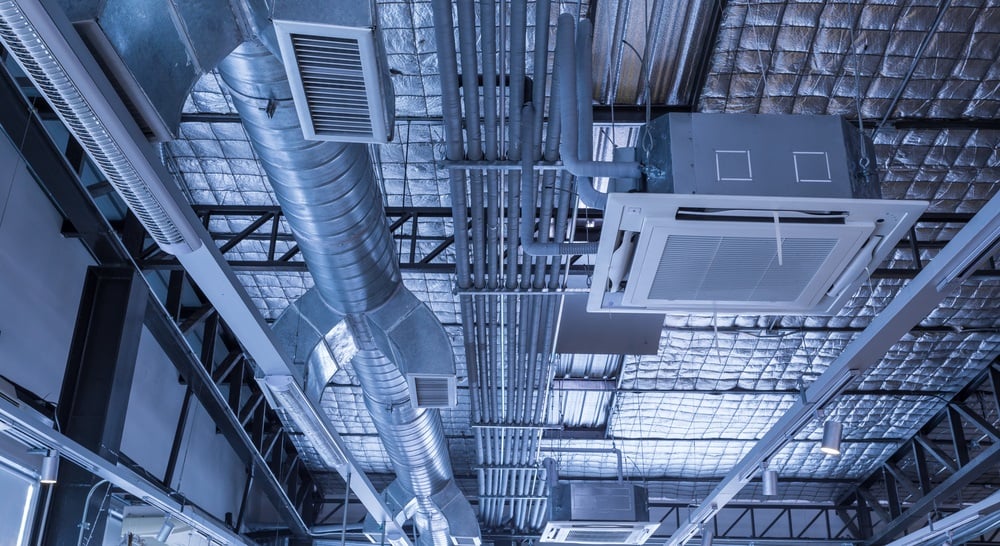- Home
- About Us
- Our Services
- Architecture
- Interior Design
- Engineering Services
- 3D Interactive Design Department
- Building Information Modeling (BIM)
- Infrastructure Consultancy
- Environmental Consultancy and Sustainability
- Healthcare Facilities
- Landscape and Architecture
- Permits & Approvals
- Planning and Consulting
- Sustainability
- Survey Engineering
- Supervision and Management
- Approvals
- Our Projects
- Contact Us
- Media
Potential of Energy Modeling in MEP Systems
In the pursuit of sustainable and energy-efficient buildings, Energy Modeling has emerged as a powerful tool within the realm of Mechanical, Electrical, and Plumbing (MEP) systems. This cutting-edge technology allows engineers and architects to simulate and analyze the energy performance of a building throughout its lifecycle, offering invaluable insights into design optimization, resource conservation, and cost-effectiveness.


At its core, Energy Modeling involves creating digital prototypes of buildings, incorporating various elements such as HVAC systems, lighting, insulation, and renewable energy sources. These virtual simulations enable professionals to evaluate the impact of design choices on energy consumption, allowing for informed decision-making right from the initial stages of a project.
One of the primary advantages of Energy Modeling lies in its ability to identify energy inefficiencies and potential improvements before construction begins. By fine-tuning the design based on simulation results, engineers can optimize the performance of MEP systems, leading to substantial energy savings and reduced environmental impact.
Renewable energy integration is a key focus of Energy Modeling. Simulations can assess the feasibility and effectiveness of incorporating solar panels, wind turbines, or other sustainable energy sources. This not only aligns with the global shift towards renewable energy but also aids in achieving green building certifications.
Energy Modeling goes beyond the construction phase, offering ongoing benefits throughout a building’s life. Continuous monitoring and analysis allow for proactive energy management, enabling facility managers to implement adjustments and improvements as needed, ensuring optimal performance and efficiency.

Moreover, as environmental concerns continue to drive the demand for sustainable practices, Energy Modeling becomes an indispensable tool for demonstrating compliance with green building standards as Estidama and LEED. It serves as a bridge between innovative design concepts and real-world sustainability, transforming ideas into measurable, achievable goals.
In conclusion, Energy Modeling stands as a linchpin in the pursuit of energy-efficient MEP systems. Its ability to inform design decisions, enhance renewable energy integration, and facilitate ongoing energy management positions it at the forefront of the sustainable building movement. As we navigate the future of construction and engineering, embracing Energy Modeling is not just a choice; it’s a commitment to a greener, more sustainable built environment.
